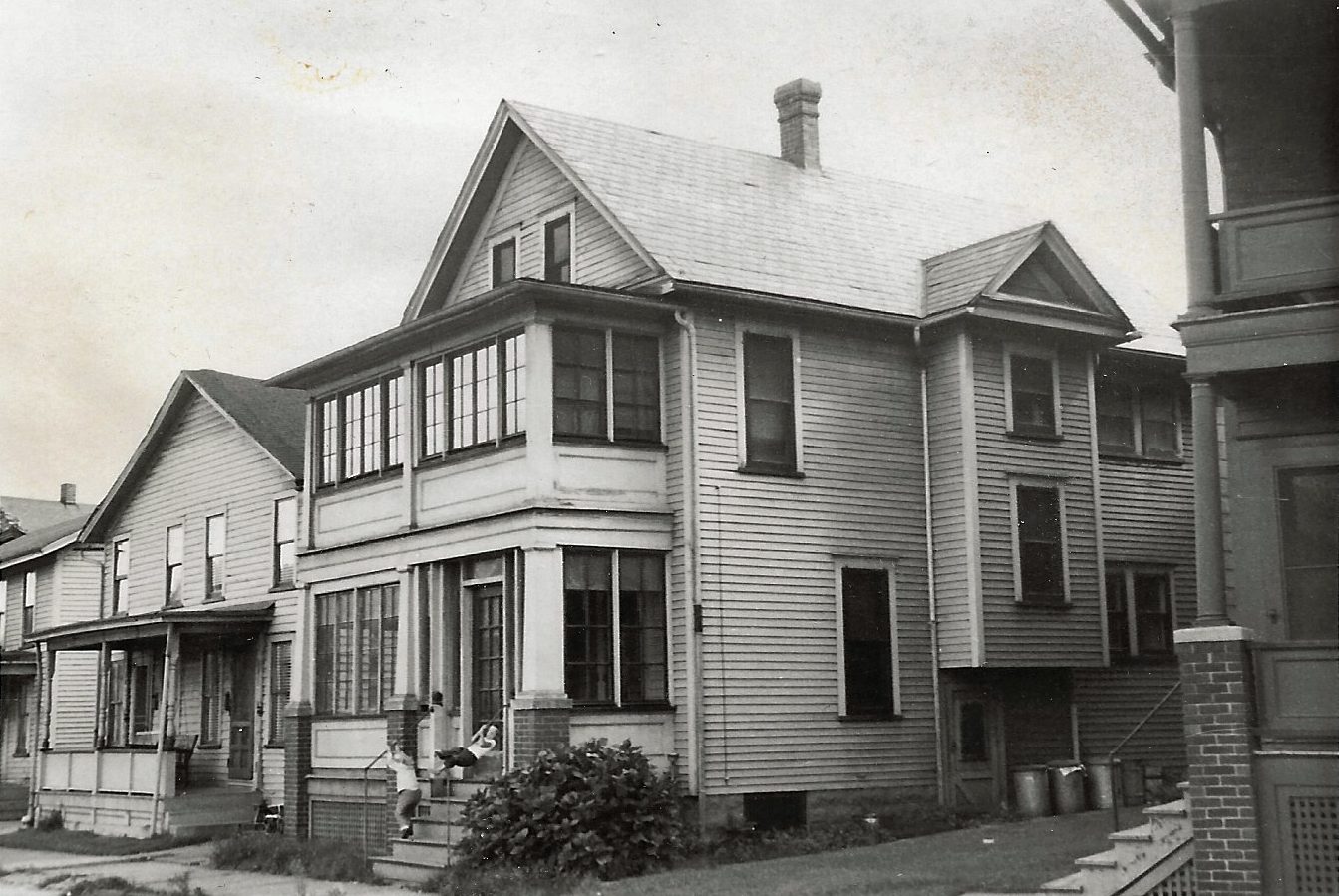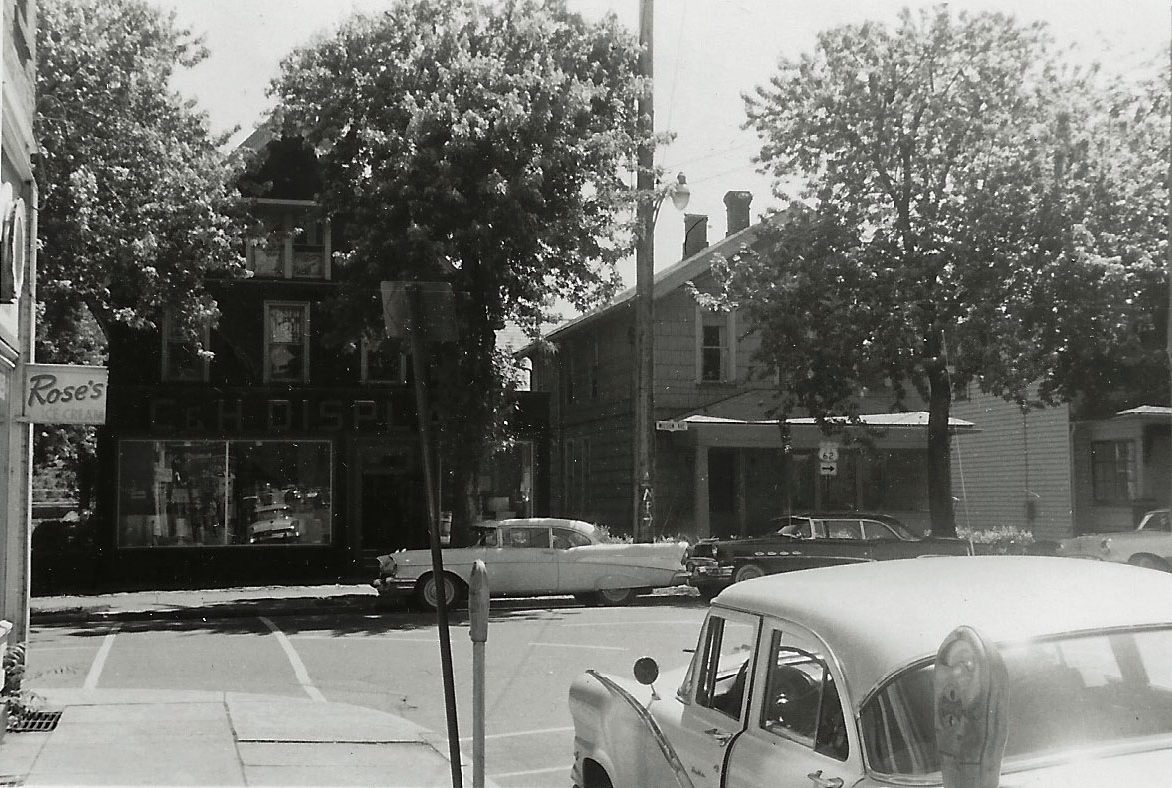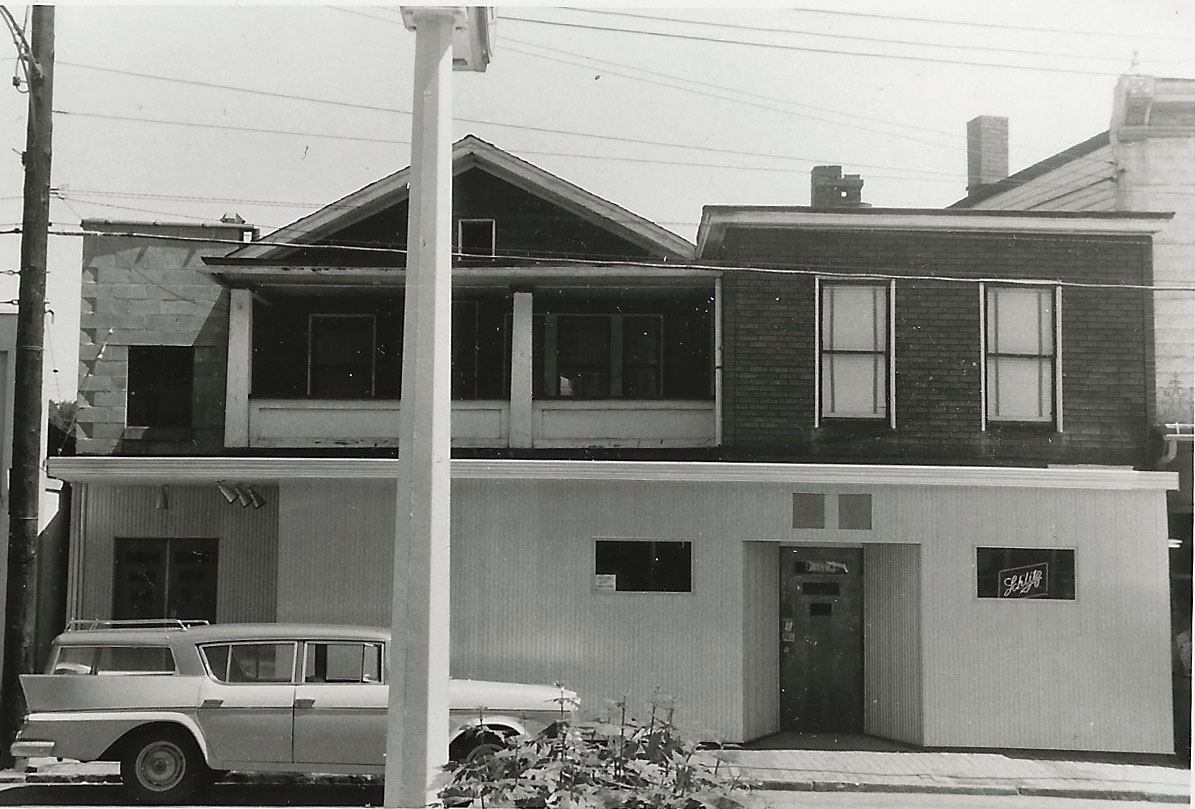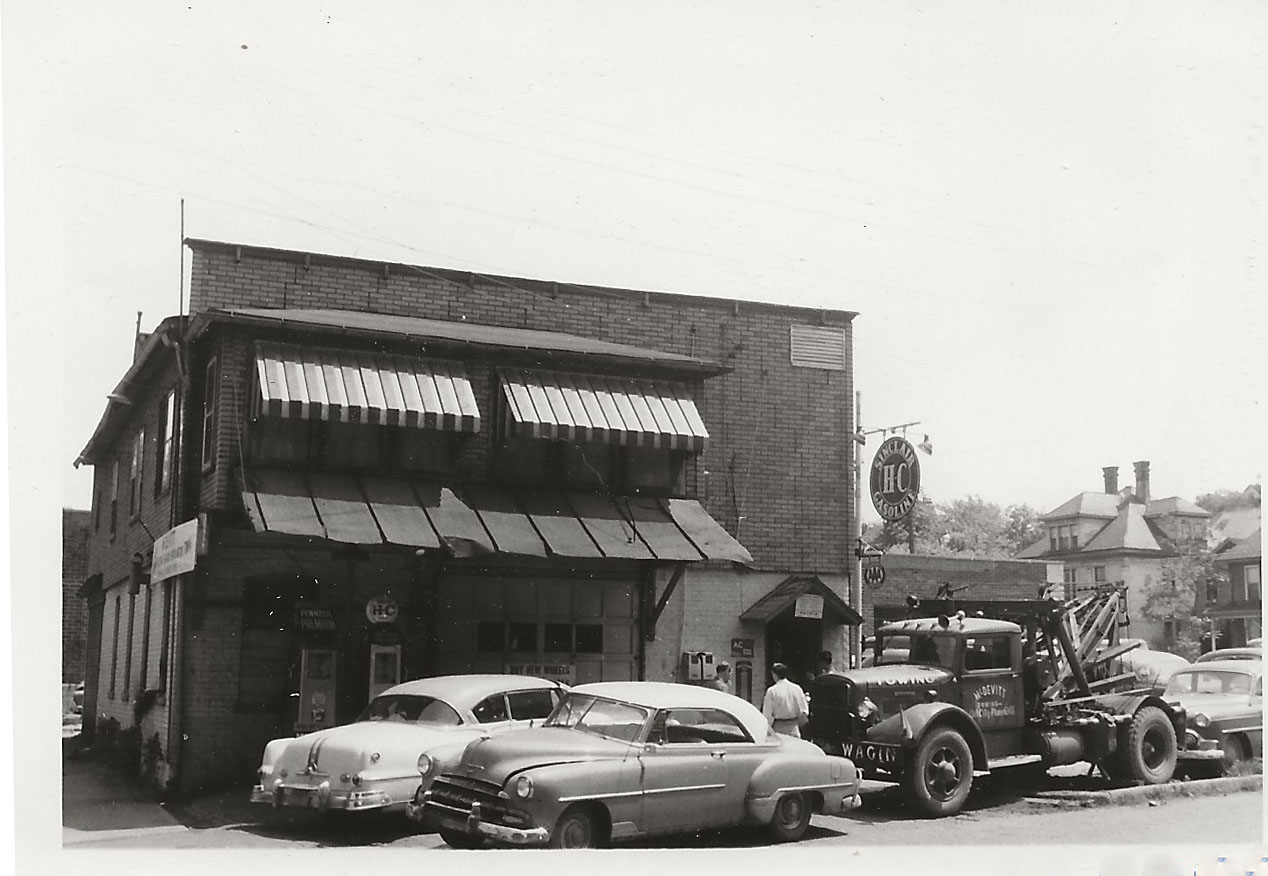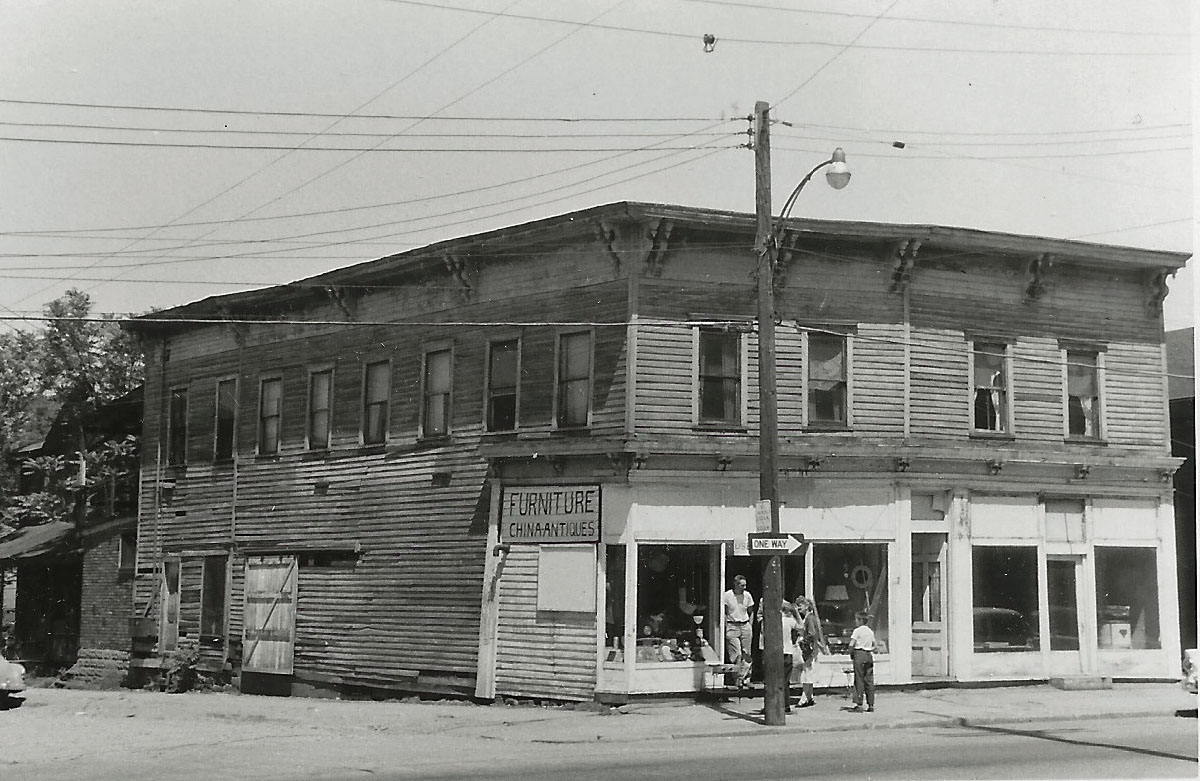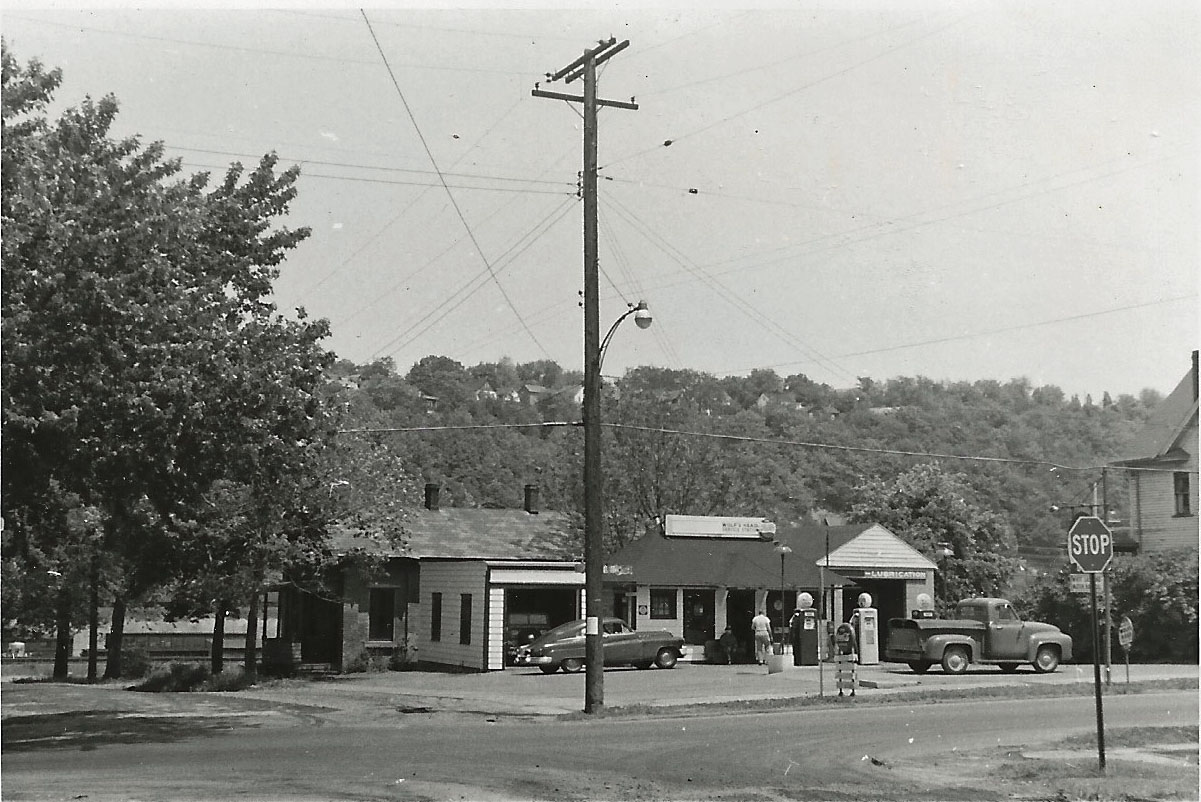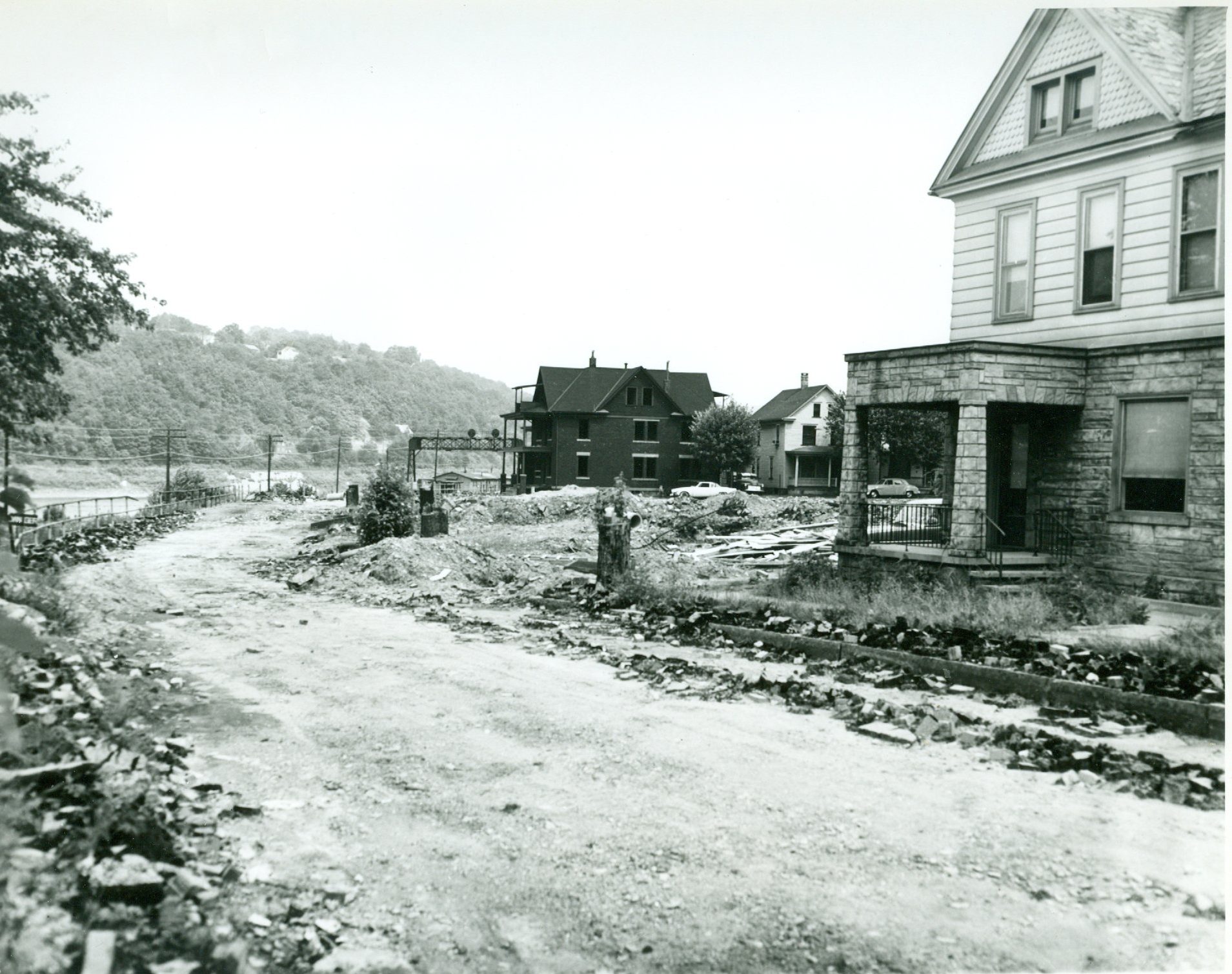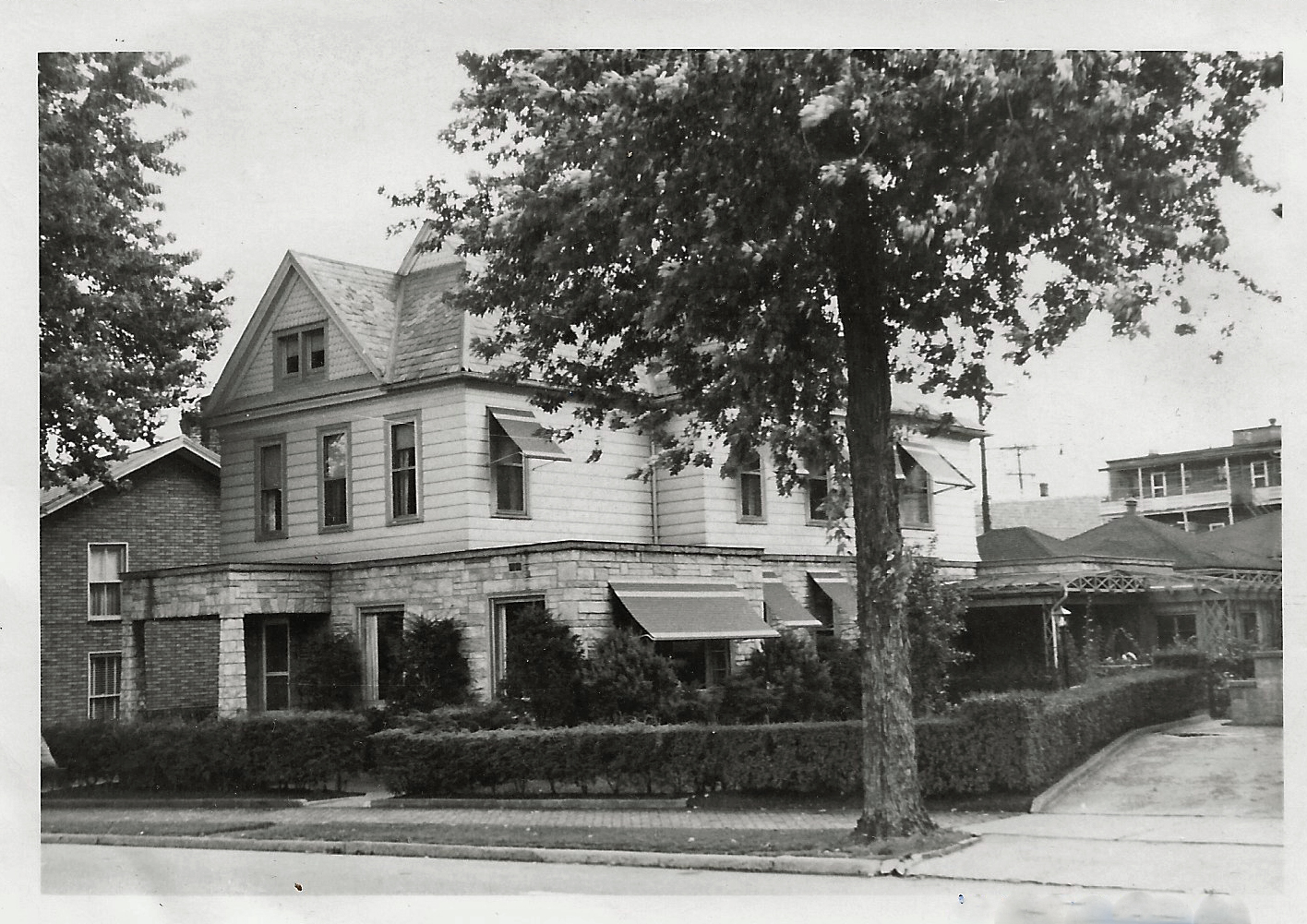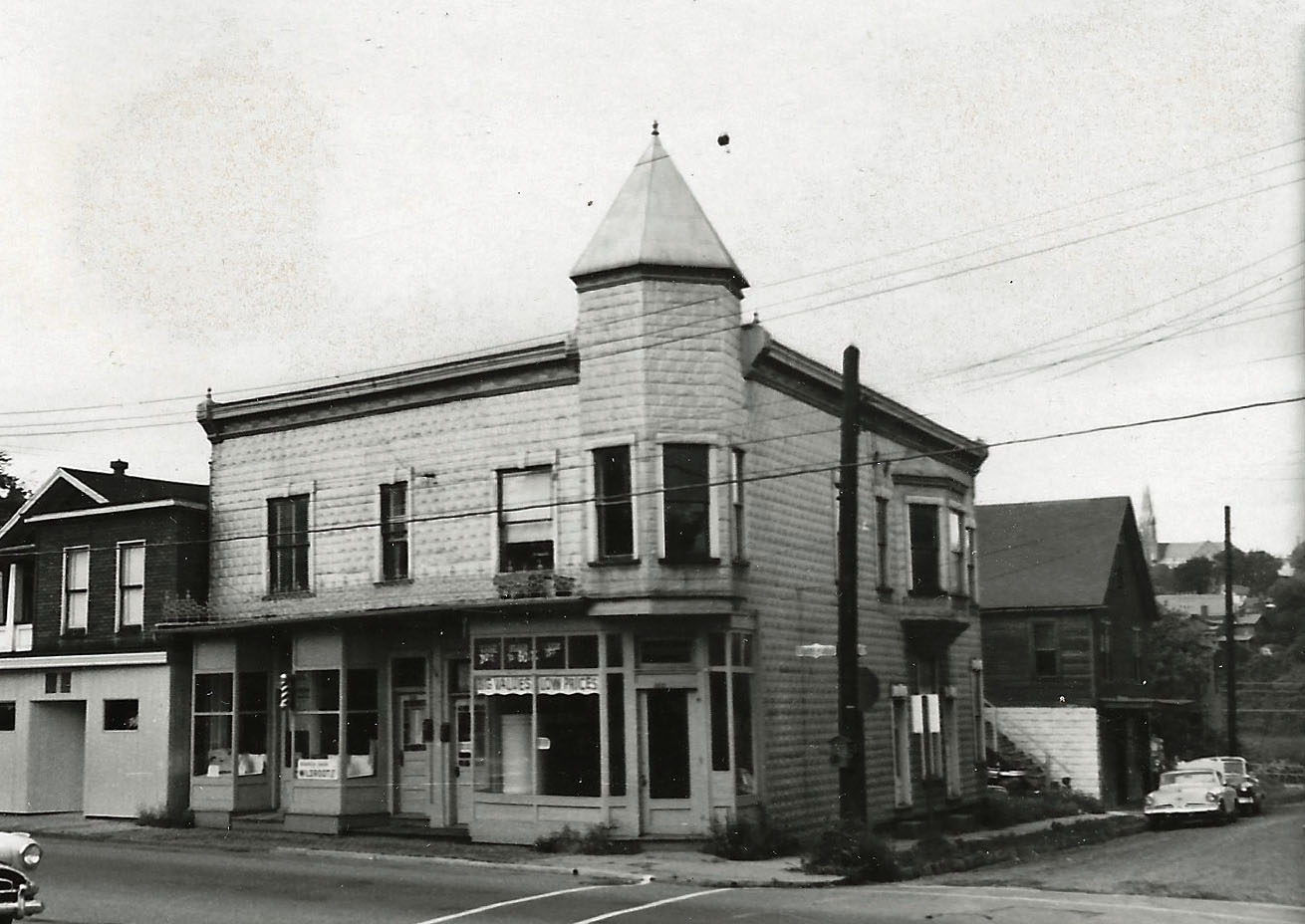East End Redevelopment
- Judy Etzel
- March 31, 2023
- Hidden Heritage
- 10649
Not since the Great Fire and Flood of 1892 had the City of Oil City embarked on such a major project in a prime business district.
That was the cry for action that began in 1958 and ended in 1963 with a dramatic transformation of the East End neighborhood. It would be the first of three such redevelopment projects that would alter the East End, the Main Street area and much of the North Side business district.
The redevelopment project would cost $1 million and cover a 17-acre tract. Prompting the effort were narrow streets, high traffic volume, extensive blight, inadequate parking and insufficient housing.
There were six city blocks in the redevelopment area that stretched between East Front and East Second streets from Wilson Avenue to near the railroad roundhouse.
The key element was the construction of a four-lane Route 62 that required the demolition of buildings on East Front and East First streets. There would be 58 structures, including homes and businesses, demolished and the relocation of almost 100 families and 14 businesses.
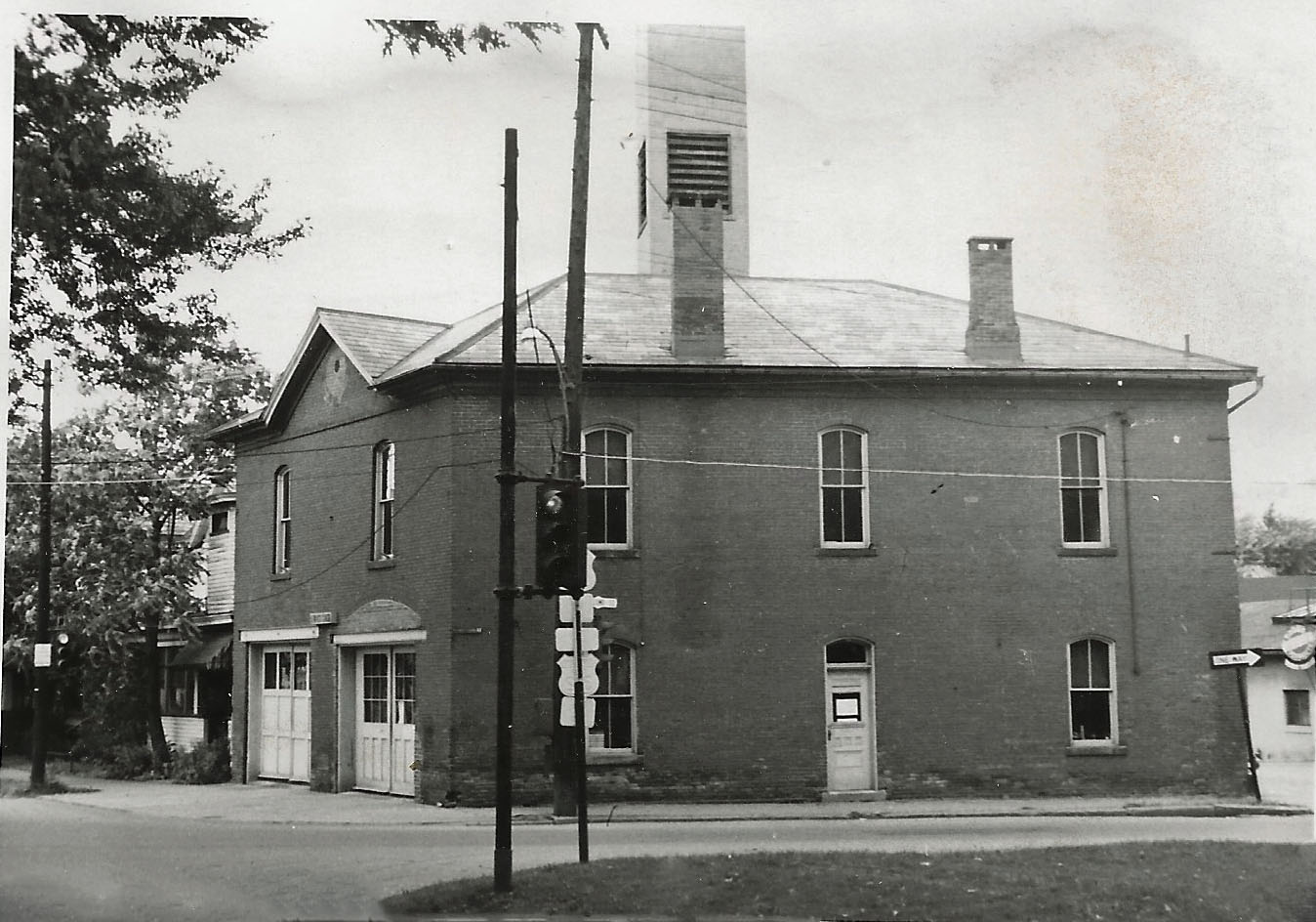
A Little History
The East End is one of the city’s oldest settlements. In 1863, William Lay bought the Bastian Farm which included much of what is now considered that neighborhood. He renamed it Laytonia. Within three years, the small community boasted 100 houses, two hotels and scores of small businesses. By the time the City of Oil City was incorporated in 1871, the East End became part of the new city.
The sturdy neighborhood was clustered among short streets bounded on one side by the hill and the other by the Allegheny River. It was home to a major railroad line, the Allegheny Valley Railroad (Oil City to Pittsburgh route) and the location of several ferry, steamboat and barge landings along the river bank.
While some neighborhoods in the city had significant ethnic heritage, the East End was more of a polyglot of backgrounds with the predominant heritage being Anglo-Saxon and German.
There was a wide diversity of businesses that ranged from retail shops to blacksmiths, carpenters, dentists, restaurants, taverns and more.
Unlike other city neighborhoods where the streets were named for oil pioneers, the East End favored more traditional names such as those of trees, states, U.S. presidents and landmarks.
The City Hotel, a business that advertised it offered not only rooms but an attached corral and barnyard, was the city’s first hospital as a result of an August 1882 train accident. A coal-loaded train from Cranberry Township derailed coming down the hill to the roundhouse. The crew, as well as men and boys hitching a ride on the train, jumped off and the train engine plowed into the river bank, standing almost up on its end.
The injured were taken to the hospital where they were treated in the front parlor. Six were killed outright and five others died the next day.
The hotel owner vowed to spearhead a campaign to build a hospital. That effort gathered steam just ten years later in the Great Fire and Flood of 1892.
The redevelopment project ran into opposition from two formidable women who owned businesses in the East End.
Kay and Matthew Skrobat, owners of Skrubby’s Inn and Kay’s Smorgasbord at 308 E. Second St., went to court to oppose the city’s purchase offer of $22,500. In hearing Kay’s argument, the court ruled in their favor with a price set at $32,150. They moved their businesses into the City Hotel.
Claire McDevitt, owner of McDevitt’s Dairy and Smoke Shoppe at the corner of Church and East Second Streets, said she would leave only “when the bulldozer shows up.”
A favorite in the neighborhood, Claire would hold holiday parties for more than 500 neighborhood kids and each year gave out 1,300-plus pounds of Christmas candy to Oil City elementary students.
The front of her store featured a large Honor Roll sign that listed all the East End men and women serving in World War II. It was dedicated in June 1944 with an elaborate parade, marching band and more.
She gave up her campaign, though, and set up shop along Route 257 near the Seneca firehall.
After the redevelopment project was finished, the East End neighborhood looked very different. It boasted a new post office, a memorial fountain, large grocery stores, drug stores, a beverage drive-through, offices and more.
(Photographs accompanying this story came from a survey done by Daugherty Brothers Real Estate in 1958 and from the Oil City Heritage Society collection.)

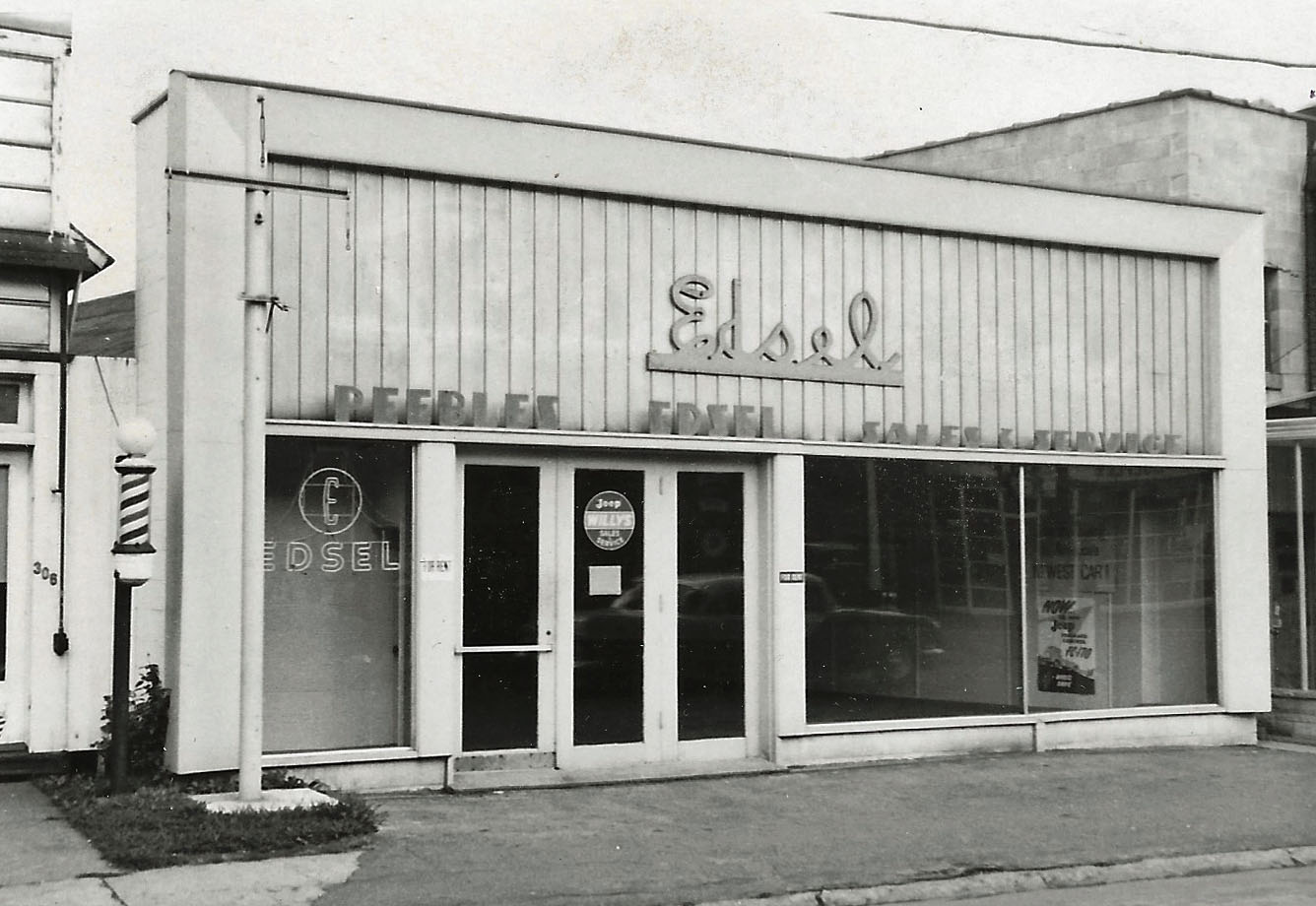
Written by Judy Etzel with research by Kay Dawson and design by Natalie Cubbon.
HIDDEN HERITAGE IS SPONSORED BY:
Jack Eckert & Susan Hahn
— In Memory of Carole Eckert —
Support This Project
Donations to the library are appreciated to help offset printing costs & make this project possible! Want to become a sponsor? Email us at promotions@oilregionlibraries.org to get started!
Make a Donation
